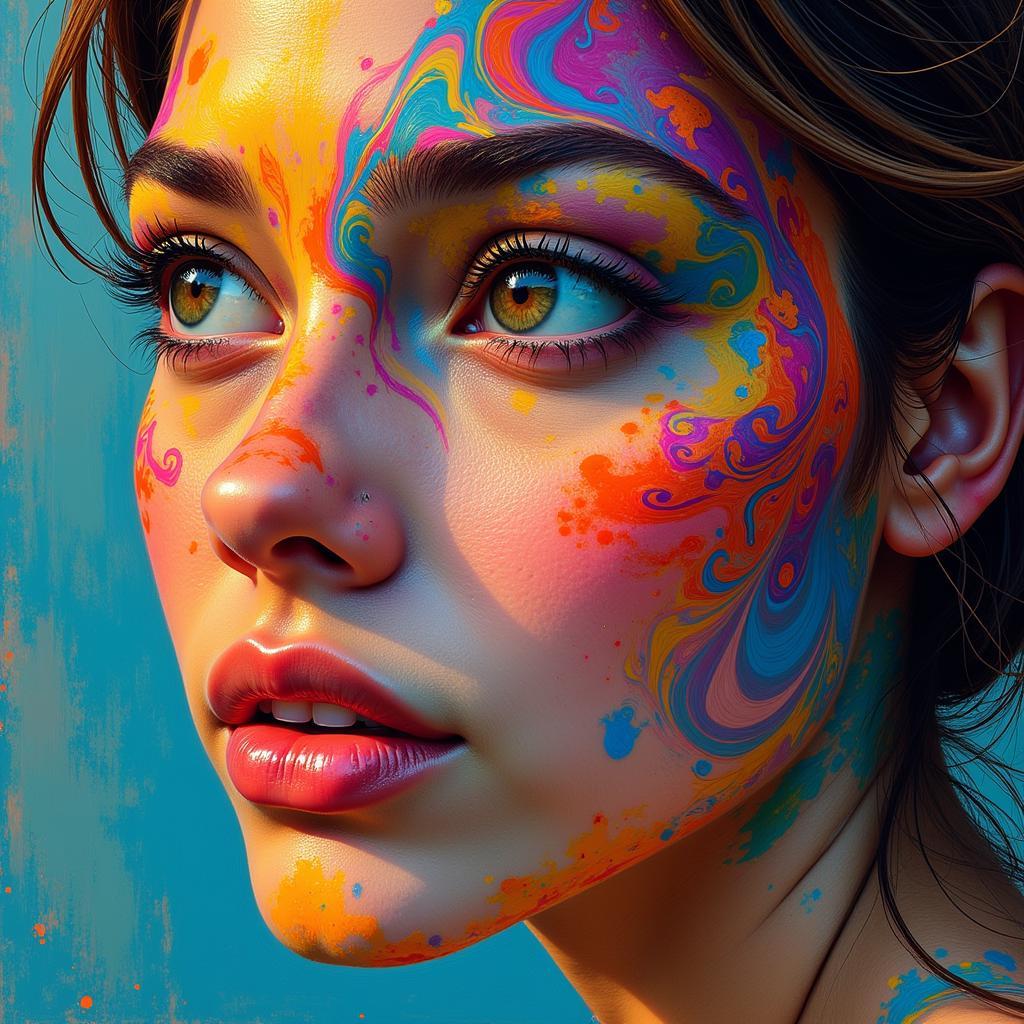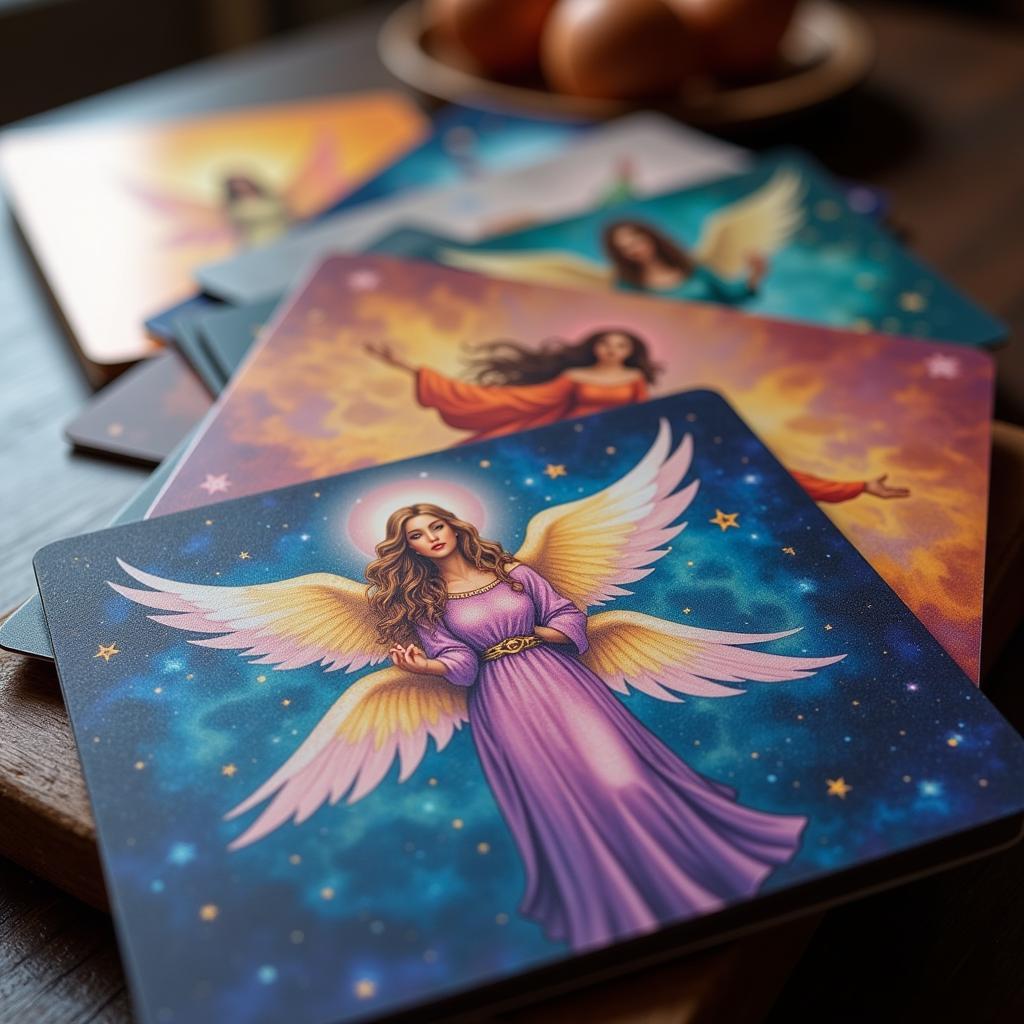Folk Art Santa: A Timeless Tradition of Christmas Cheer
The jolly, red-suited figure of Santa Claus is a beloved symbol of Christmas joy and generosity worldwide. But did you know that the iconic image of Santa we know today has been shaped by generations of folk artists who imbued it with their unique regional styles and traditions? This journey through the world of “Folk Art Santa” will reveal the fascinating evolution of this beloved figure, from humble origins to global cultural icon.
The Roots of Folk Art Santa: A Journey Through Time and Cultures
The origins of Santa Claus can be traced back to Saint Nicholas, a 4th-century Greek bishop known for his generosity and kindness. Over the centuries, Saint Nicholas’s legend evolved, incorporating elements of folklore and local traditions.
From Medieval Europe to Colonial America
In medieval Europe, Saint Nicholas became associated with gift-giving and protecting children. This image was carried across the Atlantic by European settlers who brought their traditions to America. Early depictions of Santa Claus often resembled the traditional European saint, adorned with bishop’s robes and a mitre.
The Rise of American Folk Art Santa
American folk artists, many of whom were self-taught, played a crucial role in shaping the image of Santa Claus as we know it today. They infused their creations with distinctive regional styles, materials, and cultural influences.
The Influence of Regional Styles
- New England Folk Art Santa: Known for their intricate details, vibrant colors, and playful expressions.
- Pennsylvania Dutch Folk Art Santa: Distinctive for their simple, geometric designs and bold color palettes.
- Southern Folk Art Santa: Often depicted with a more rustic, whimsical charm.
The Use of Local Materials
Folk artists made use of readily available materials like wood, clay, fabric, and found objects. This gave their creations a unique, handcrafted appeal and contributed to the diversity of the “folk art santa” tradition.
The Evolution of the Modern Santa Claus
The modern image of Santa Claus as a jolly, red-suited figure was solidified in the late 19th century by the illustrations of American artist Thomas Nast. Nast’s depictions became widely popular and contributed to the standardization of Santa’s appearance.
The Impact of Pop Culture
Over the years, the image of Santa Claus has continued to evolve through the influence of popular culture. From the animated films of Walt Disney to the countless Christmas advertisements, Santa’s image has become a global phenomenon.
Beyond the Image: The Spirit of Generosity
While the appearance of Santa Claus has evolved over time, the spirit of generosity and giving that he embodies has remained a timeless tradition. Folk art Santa reminds us of the importance of spreading joy and kindness, not just during the holidays, but throughout the year.
“The beauty of folk art Santa lies in its simplicity and heart. It captures the spirit of Christmas in a way that transcends cultures and generations.” – Evelyn Jones, renowned folk art expert
“Folk art Santa is more than just a figure. It’s a reflection of our collective imagination, a symbol of hope and joy that connects us to a shared sense of community.” – Arthur Miller, art historian and collector
FAQ:
-
Q: What are some popular materials used in folk art Santa creations?
-
A: Wood, clay, fabric, paper mache, and found objects are some of the materials commonly used in folk art Santa crafts.
-
Q: Where can I find folk art Santa creations?
-
A: You can find folk art Santa creations in antique shops, flea markets, art galleries, and online marketplaces.
-
Q: What makes folk art Santa unique?
-
A: Folk art Santa is unique due to its handcrafted nature, diverse regional styles, and the use of local materials.
Conclusion:
The world of “folk art santa” offers a fascinating glimpse into the artistic traditions and cultural influences that have shaped the image of this beloved Christmas figure. From humble beginnings to global icon, Santa’s image has evolved through the hands of countless folk artists who imbued it with their unique perspectives and artistic vision. This timeless tradition continues to inspire generations of artists and collectors, reminding us of the joy, generosity, and wonder that the holiday season brings.



